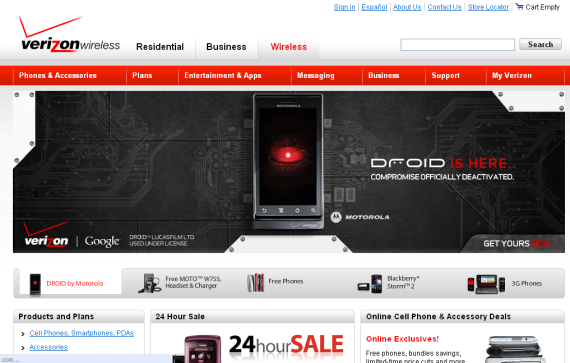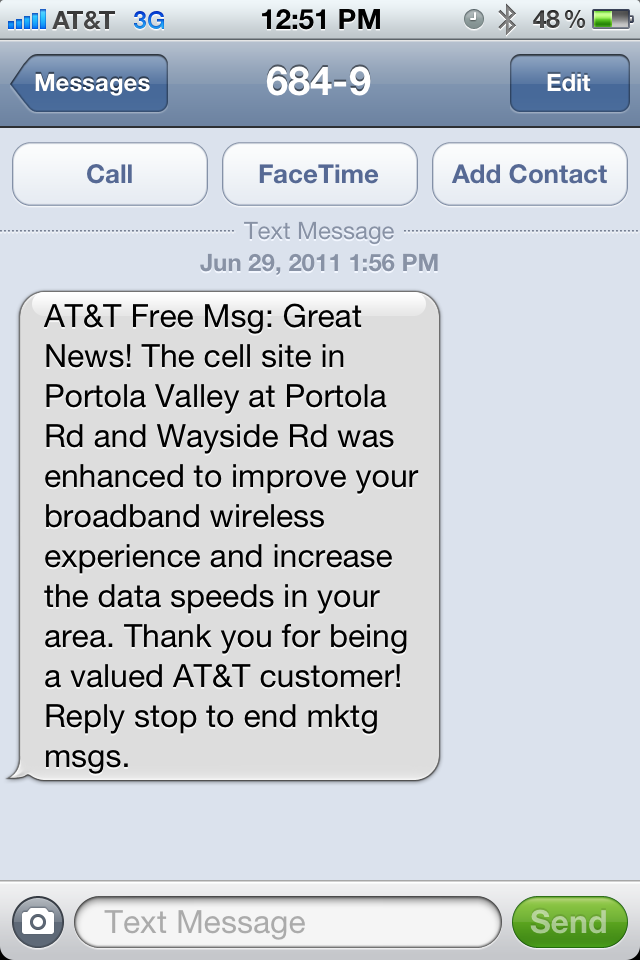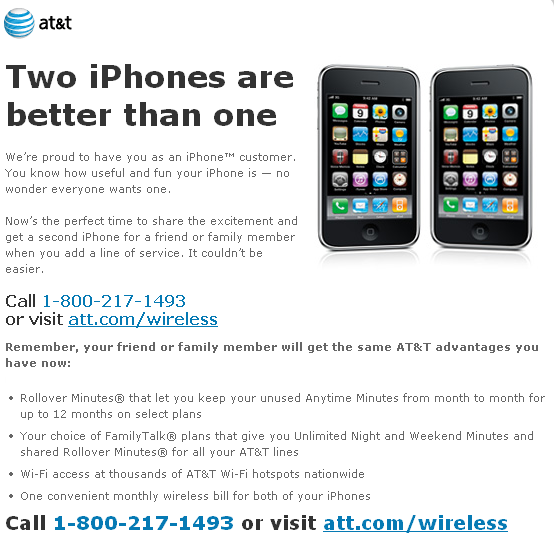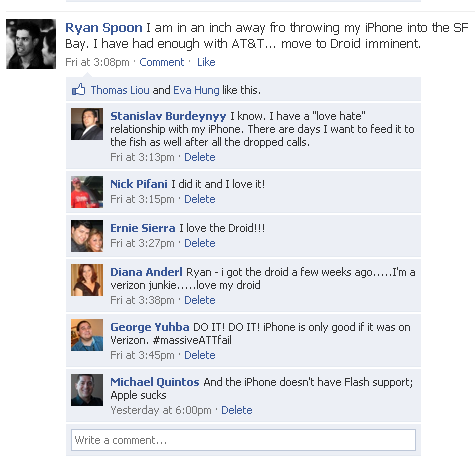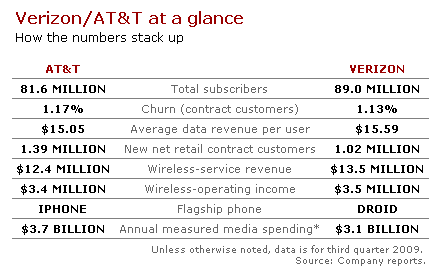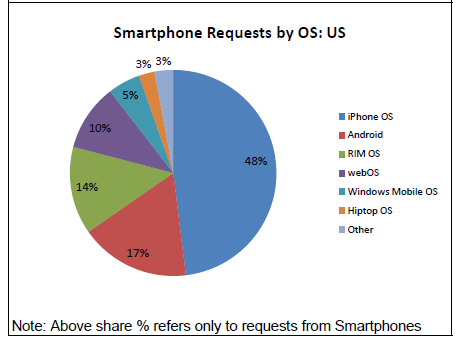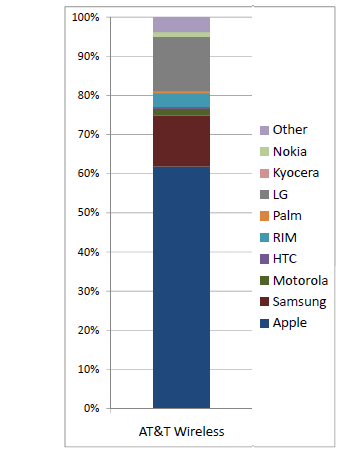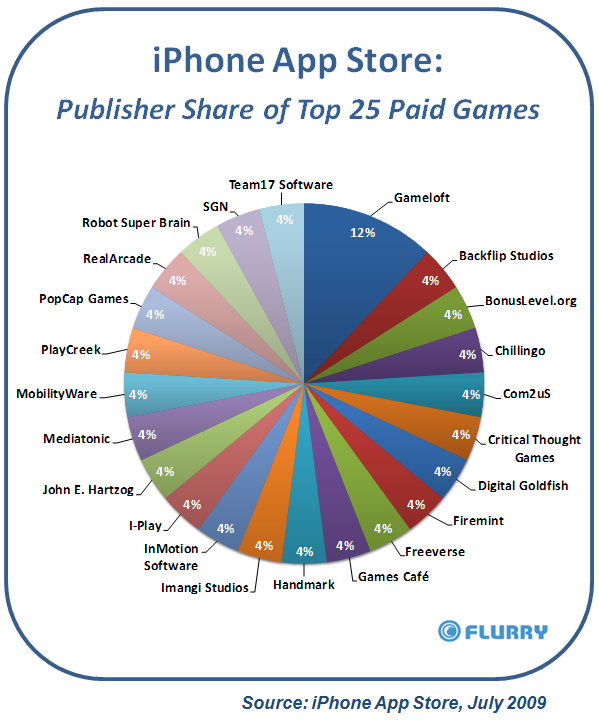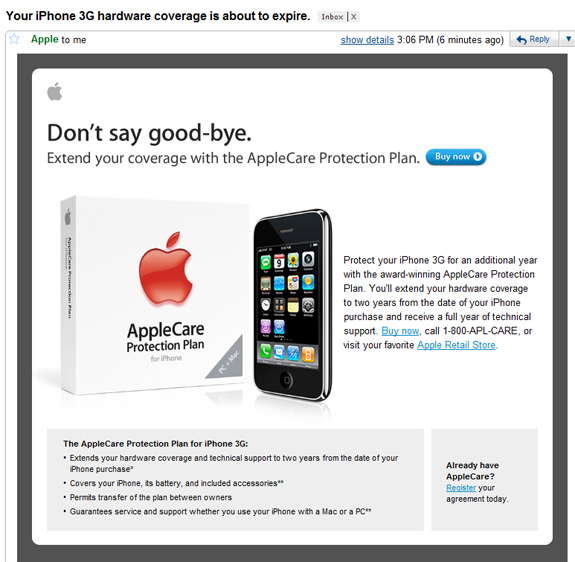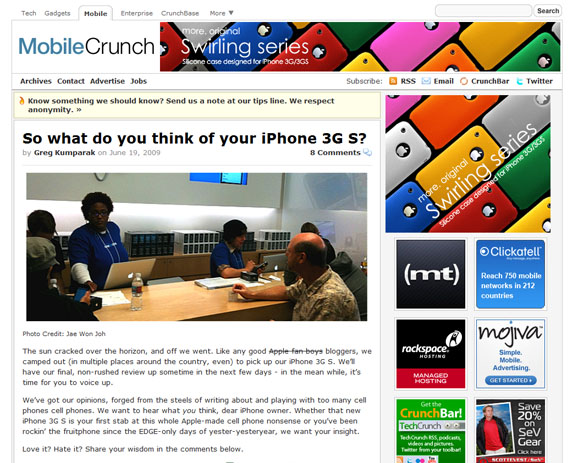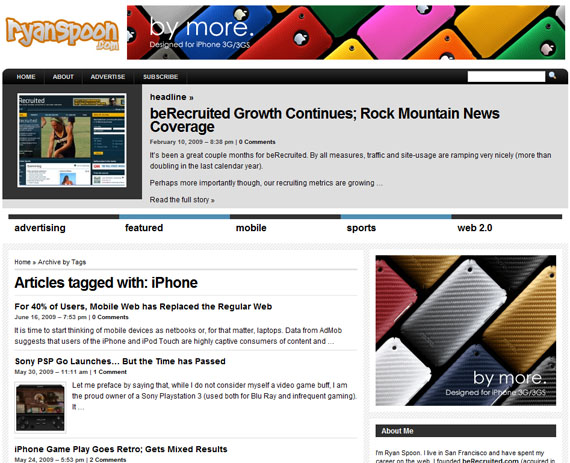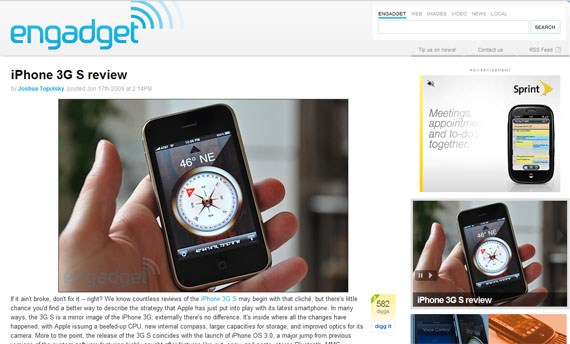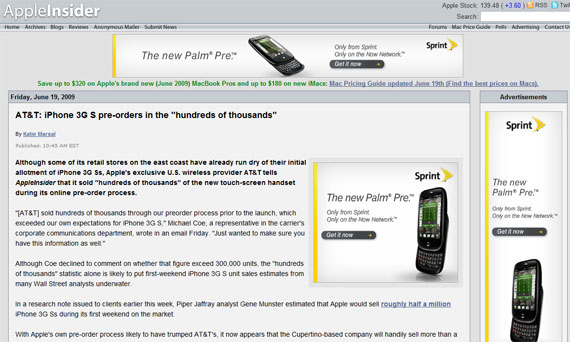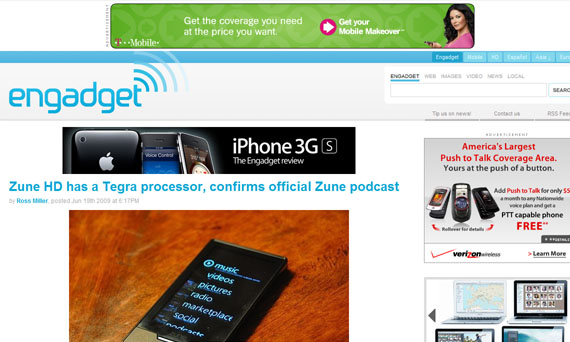Just a couple weeks ago, I wrote that an article named "Android is About to Explode" - citing recent growth rates (up 17% from 13% in a single month, according to AdMob) and the forthcoming line of Droid devices.
This continues to be a hot topic and I participate in related conversations almost daily:
- Will Android match iPhone's marketshare by end of 2010?
- If you were starting today, would you begin developing on Android or iPhone first?
- Is there a greater advantage to being one of the first developers on Android or being within Apple's massive distribution store?
Today, TechCrunch has run a similar article written by Kevin Nakao, the VP of Mobile for Whitepages: "2010: The Year Android Will Shake Its Money Maker".
It lists a variety of reasons that Android can (and will) succeed this year... Most importantly is that Android itself is a carrier and hardware agnostic platform - whereas the iPhone, as great as it is, is a single device on a single network. Big difference. And one that enables Android to compete - and even win - without having the best device.
T-Mobile Got It Started Right, Verizon Will Unleash the Beast
T-Mobile launched the first Android phone in the U.S., and embraced the open platform. Any other U.S. carrier might have been tempted to meddle, but T-Mobile proved that an open platform would not be riddled with malware and abuse. With Verizon now going big on Android, we will start to see significant uptake. Verizon has 89 million customers with an average Data Revenue Per User of $15.69 to T-Mobile’s 33.5 million customers and $10 in Data Revenue Per User. Sprint has the highest data revenue per user of $19 and 48.3 million customers. In short, Verizon and Sprint will attract many more customers willing to spend more money on Android applications.
... After a week in New York City, I can say that, were I NY resident, I would turn my iPhone in for a Droid device on Verizon instantly. I would easily sacrifice some hardware and software quality for network quality (which was unbearable). That said, things work perfectly fine in San Francisco!
